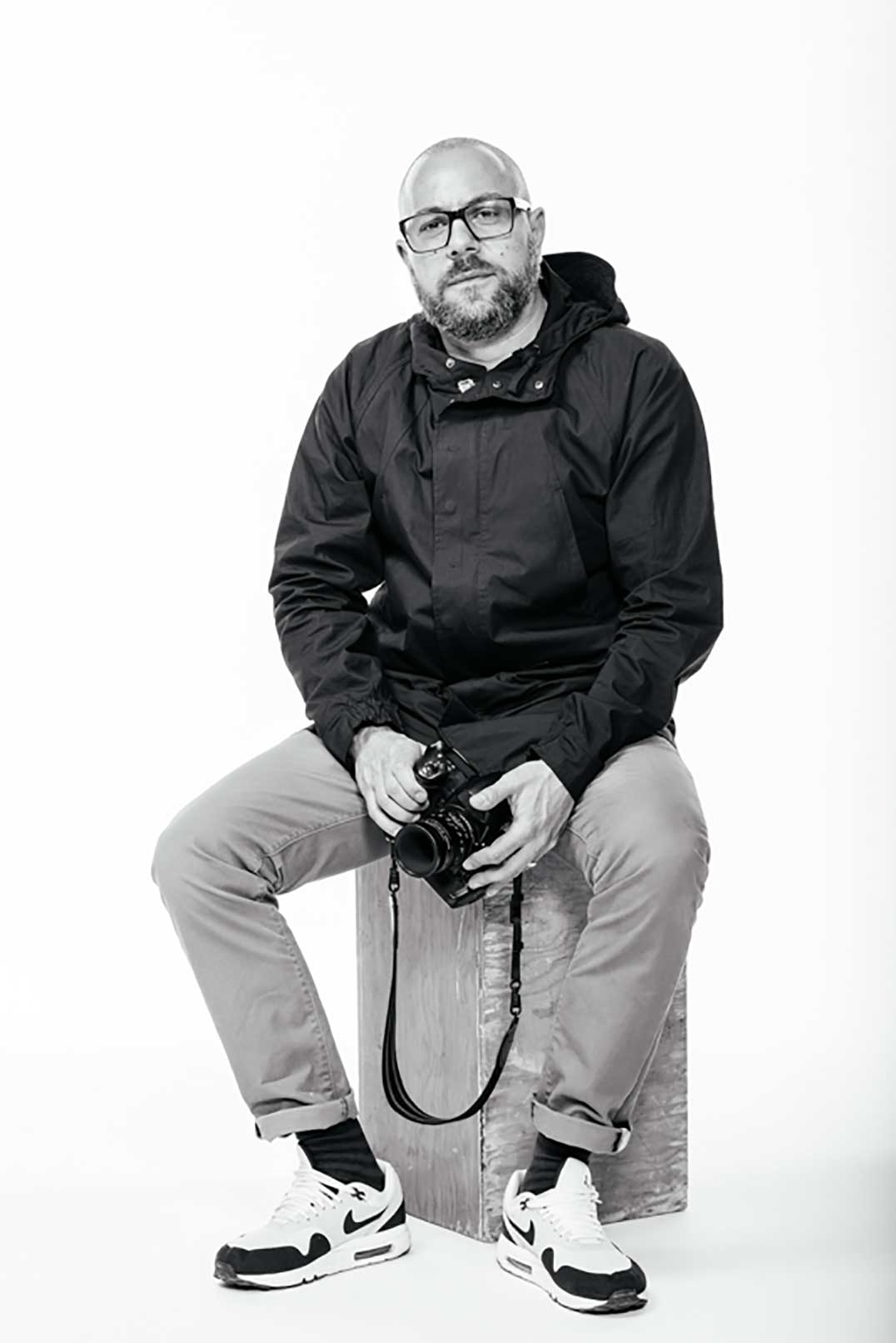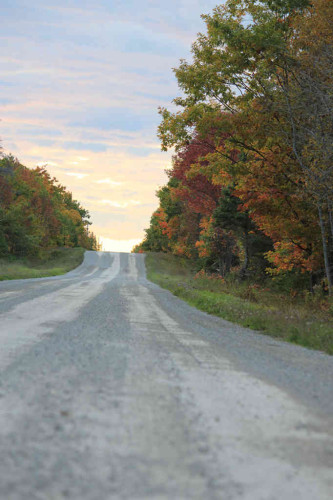Internationally acclaimed photographer documents the Manitoulin story
MANITOULIN—When asked how he first came to discover Manitoulin Island, international award winning photographer and videographer Giovanni Capriotti replied that it was “complicated.”
“It was in 2010, I was working on project on the North Shore,” he recalled. “I was looking at a map and I saw that there was this big island. I said to myself, ‘I should go and check it out’.”
Mr. Capriotti, who originally hails from Rome, was still quite new to Canada at the time, never mind Northern Ontario and its unique geography and cultures. Despite his lack of familiarity, he found himself being quickly accepted and welcomed.
“I didn’t know much about Indigenous issues back then,” he said. “I did not really know anything about the divisions between the Natives who lived here before and the people, the settlers, who came after. I began getting informed.”
His journey led him to discover the almost unique dichotomy of the Island’s culture. “On Manitoulin Island there are two peoples sharing the land at the same time,” he said. He quickly came to realize that there were at least two distinct points of view of the relationship between the two groups. “My knowledge about the dynamics between the white and aboriginal communities grew,” he said. “Both people are living in a rural way, but they have very different lives.”
Mr. Capriotti said that he came to recognize early on that The Expositor was a local newspaper that covered a lot of First Nations news and that factor played a deciding role in his applying to the newspaper for an internship. Although Mr. Capriotti has impressive credentials from universities in England and Italy, he decided after coming to Canada that he should obtain Canadian credentials and attended Loyalist College’s photojournalism courses. At both The Expositor and the college Mr. Capriotti won significant awards for his work, including an Ontario Community Newspaper Association award for a news feature that explored a day on the water with the Purvis fishing fleet.

photo by Johnny Lam
As he came to learn more about Manitoulin and its cultures, Mr. Capriotti formed plans for a long term project that would delve deeply into exploring the cultural and viewpoint divides between two groups of people who history have placed in close proximity to each other.
“I am not judging, but I am through my project looking at the causes and the roots of this dichotomy and how the new form of oppression is mainly indifference,” he emphasized. “I am not going into the why or trying to list the causes (of any issues that exist between the two groups).”
Rather, his goal is to document the kinds of lateral violence that have been caused by indifference to the issues.
“When I came to Canada, I took it for granted that the Indigenous peoples didn’t have a good life and that it was their own fault,” he said. But after a stint living with a First Nation family he became aware of more of the history and current reality that lies behind the historical relationship. “There are factors that are ruling their lives.” Those factors included being told where the original Indigenous occupants of the land could live, and that being on a fraction of their former range, set far away from economic hubs and what were then the means of production.
The result of that history resonates to this very day. “You look at who are the oldest white people on the Island, they are a 100-years-old,” he said. “But the oldest Native person is close to 90.” Those differences exist, whatever the root causes.
Mr. Capriotti has a theory that a key factor in the different life outcomes between the two communities comes down to indifference. “I want to create an awareness of the indifference,” he said. “It is because of indifference that people do not react.”
It is in documenting those indifferences that he hopes to create a worthwhile project, a project that says something important.
“A photograph is not going to change the world,” he said. “I don’t care how good a photographer you are, that is not going to happen. All you can do is create awareness.”
But as a passionate storyteller, Mr. Capriotti hopes that his documentary project will help inform those people so that they overcome that paralyzing indifference that keeps them from reacting.
It is not a project that captures only comforting and safe images, the photographer seeks to document life on both sides, warts and all.
Mr. Capriotti said that it has taken him three years to come to understand his project. He refers to his way of working as “slow journalism.” These are not stories that can be told in a handful of hastily composed photographs. Each photograph must be in-depth and a single event cannot encapsulate the complexity of the story. Those photographs are not necessarily in and of themselves controversial, indeed the opposite can be quite true.
“If it bleeds it leads,” is the way of the news media, he said, but it is not his way.
He also notes that there is no jackpot to be found at the end of this particular rainbow. “You do not do this kind of project to make money,” he said. “It cannot sustain you.”
But Mr. Capriotti is fortunate in that he has a career as a university videographer that carries the freight on keeping the wolf from his door and a roof over the heads of his young family.
“I believe there is room for this kind of in-depth documentation,” he said. “You are not going to make a living out of this, but you don’t do it for the money.”
As to changing the world “you are not going to do it from the macro,” he said. “You are if you start from the micro.”
Mr. Capriotti identifies himself as an outsider to both Island communities. “I am looking with the eyes of an outsider,” he said. But that vantage point offers some advantages.
But he expressed the hope that the First Nations communities will soon begin to create their own documentarists to tell their own stories.
“There are no aboriginal journalists, there are no aboriginal photojournalists, we don’t have many aboriginal photojournalists to undertake projects such as this,” he said. “My goal is to be able to help them to become photojournalists, to tell their own stories.”
In the meantime, and for some time going forward, Mr. Capriotti hopes to inspire young Anishinaabe to follow the path he has and to create their own documentary records from their own viewpoint.




